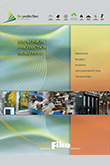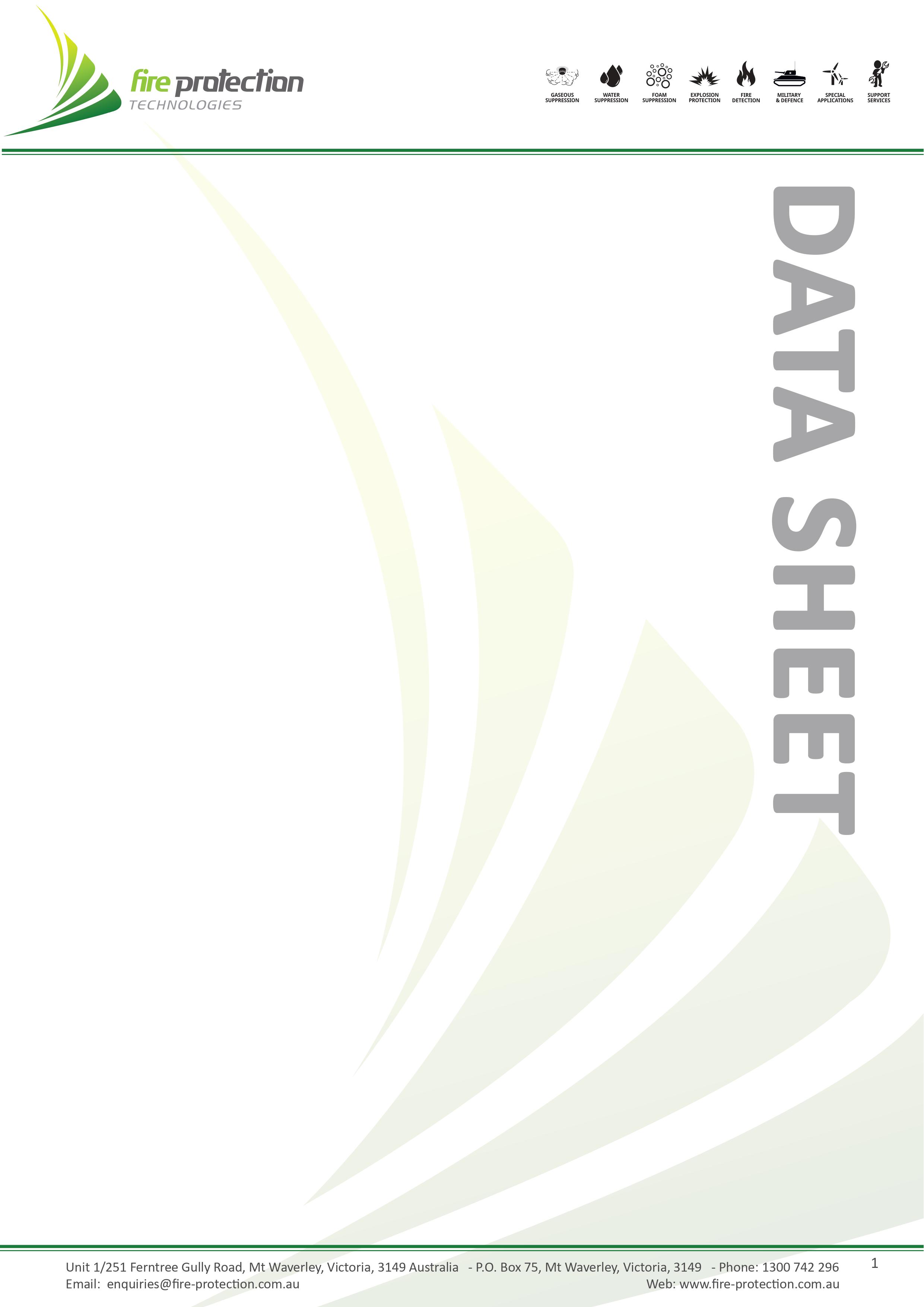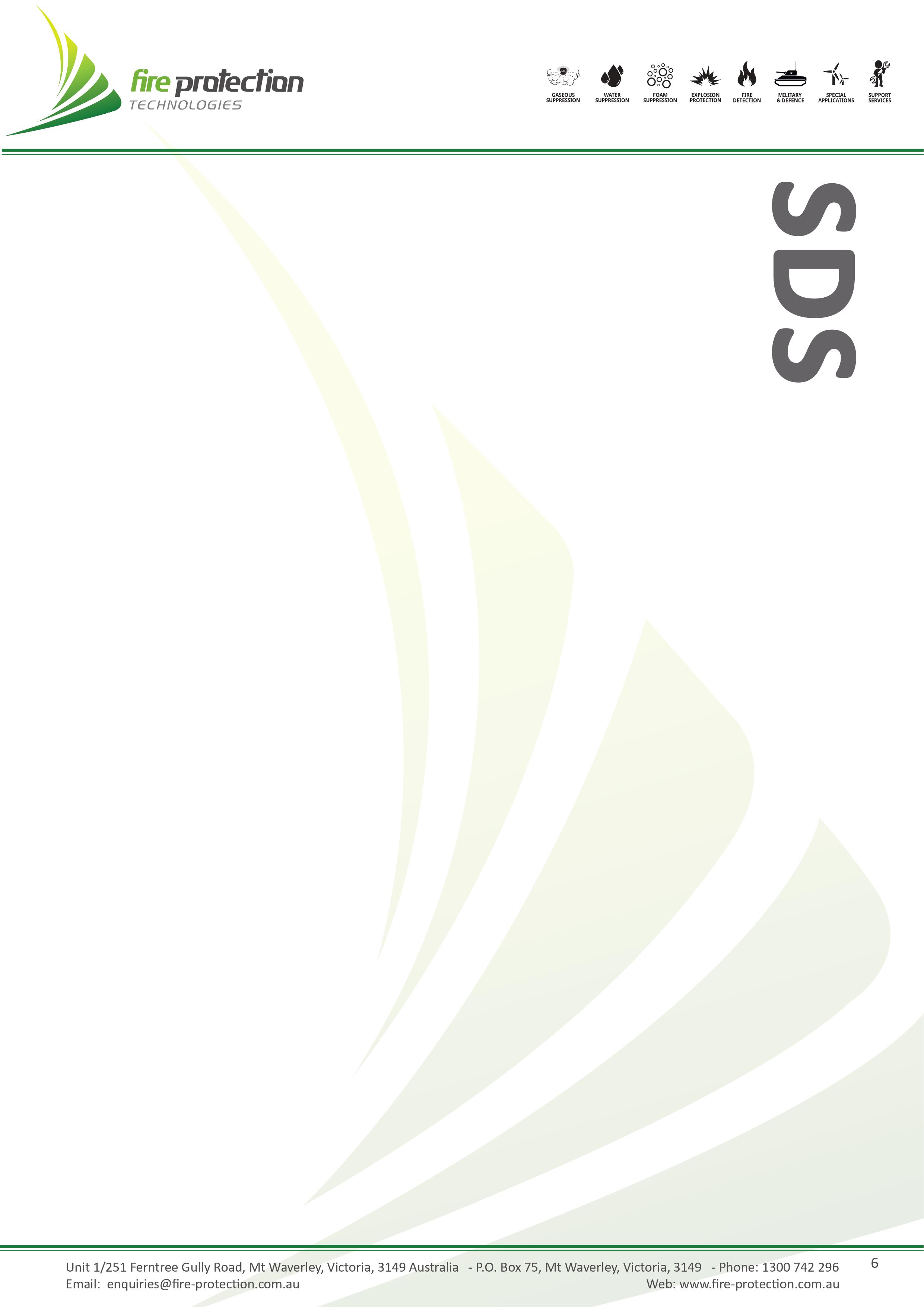Explosion Suppression

Brochures
B9106 Explosion Protection
Many industries in which combustible dusts or gases are handled risk the devastating effects of an explosion. The amount of heat liberated during an explosion creates extremely high pressures which can result in damaged process equipment, loss of production and serious injury to personnel.




